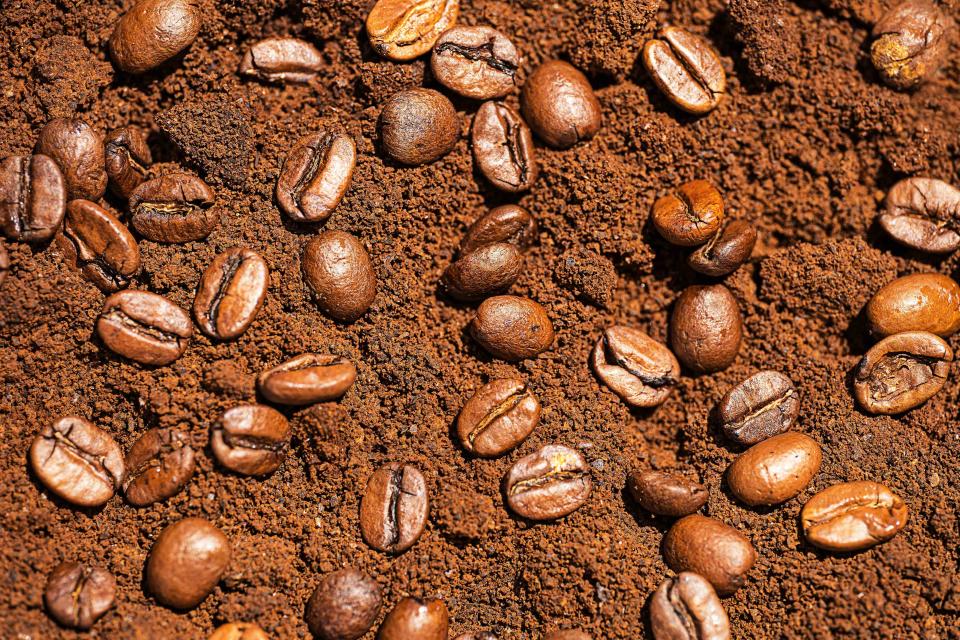You Can Make a Perfect Cup of Coffee If You Fix Your Grinder Settings
Tired of bitter, sour cups of coffee? Here's what you need to know.

Iryna Veklich / Getty Images
Let’s say you’ve invested in some top-notch coffee beans, upgraded your drip coffee set-up or espresso machine, and finally figured out what non-dairy milk you’d like to align yourself with. There’s still one key hurdle between you and a perfectly brewed, well-balanced cup of coffee — ground size, or more specifically, how small (or large) your coffee bean grinds are.
To produce a beautifully focused, correctly extracted cup of coffee, choosing the right setting for the grinder — you know, the device you use to break down coffee beans — matters.
“A range of variables, from the brew method to the brewing technique, the coffee selected, how it is roasted, and the age of the coffee, all can impact what grind setting will produce the best cup,” explains Michael Phillips, global director of education and engagement at Blue Bottle Coffee. “Finding the ‘sweet spot’ for each coffee is an art and science that we call dialing in. We do this each morning in our cafes by brewing multiple cups where we keep everything else constant except the grind, adjusting it slightly more coarse and more fine to help reveal the best setting for that day. The difference might not be apparent to the eye, but if the grind size isn’t quite right, the coffee could taste too bitter, due to over extraction, or too sour, due to under extraction.”
Related: We're Calling It Now, the Espresso Tonic Is the Drink of the Summer
Phillips recommends using a coarser grind for a French press, and going finer for pour-over devices, like a Chemex. “With an espresso machine, you will typically want a specialized grinder just for that purpose that gives you greater adjustment control at the very fine end of the spectrum,” he says. “If your grind setting is off, the results can be either bitter or sour flavors, watery or overly heavy body, and several other unsavory outcomes in terms of taste.”
Ultimately, your grind size shouldn’t depend too much on whether you’re making a cappuccino, cortado, latte, or a flat white, all of which call for different ratios of water, milk, and coffee. “You will want to establish the amount of water used based on how much coffee you ultimately want to prepare, and then you will decide on the amount of coffee to use based on the strength desired in the cup,” Phillips adds. “Grind setting is what you will adjust to get the right flavor.”
For more Food & Wine news, make sure to sign up for our newsletter!
Read the original article on Food & Wine.


